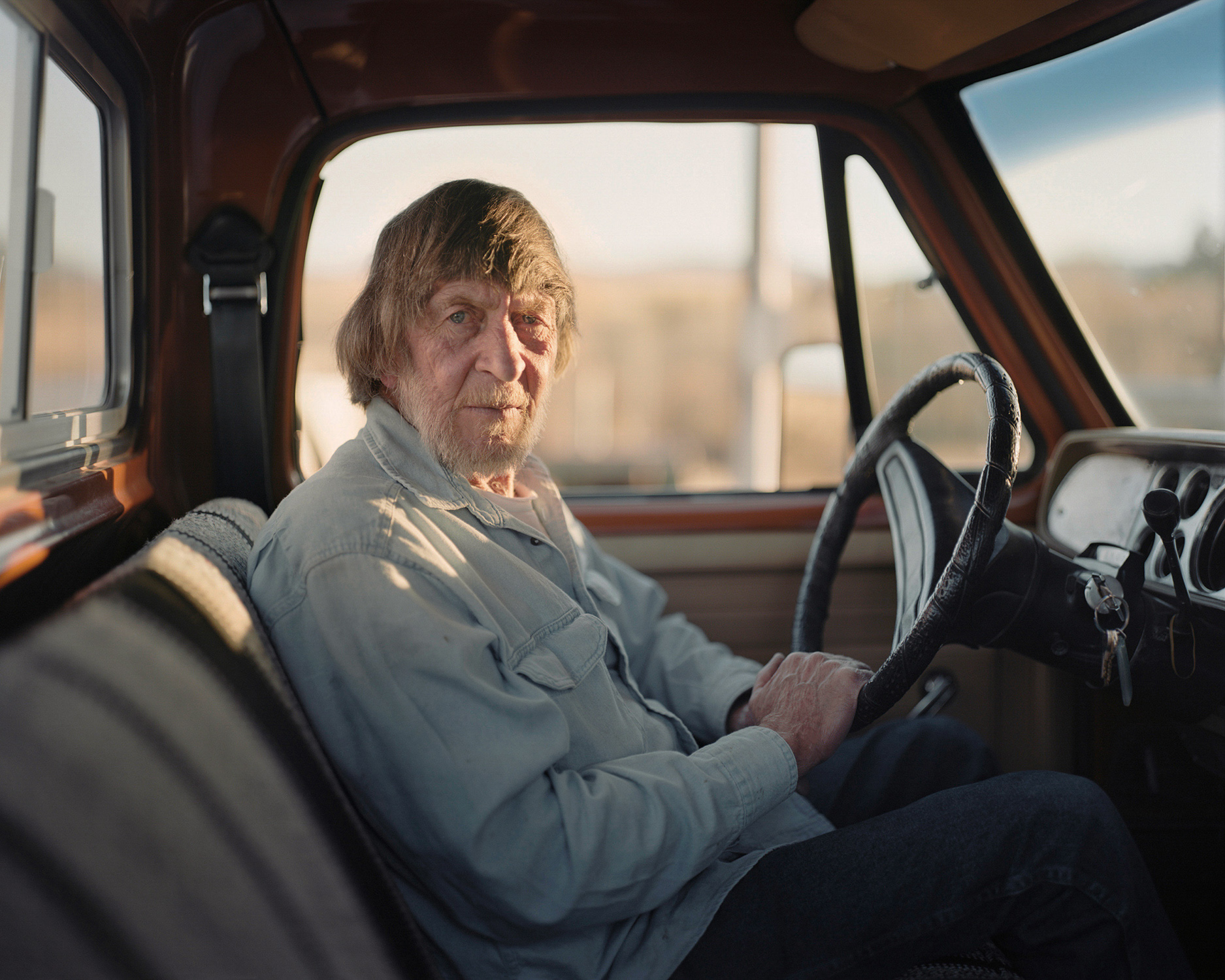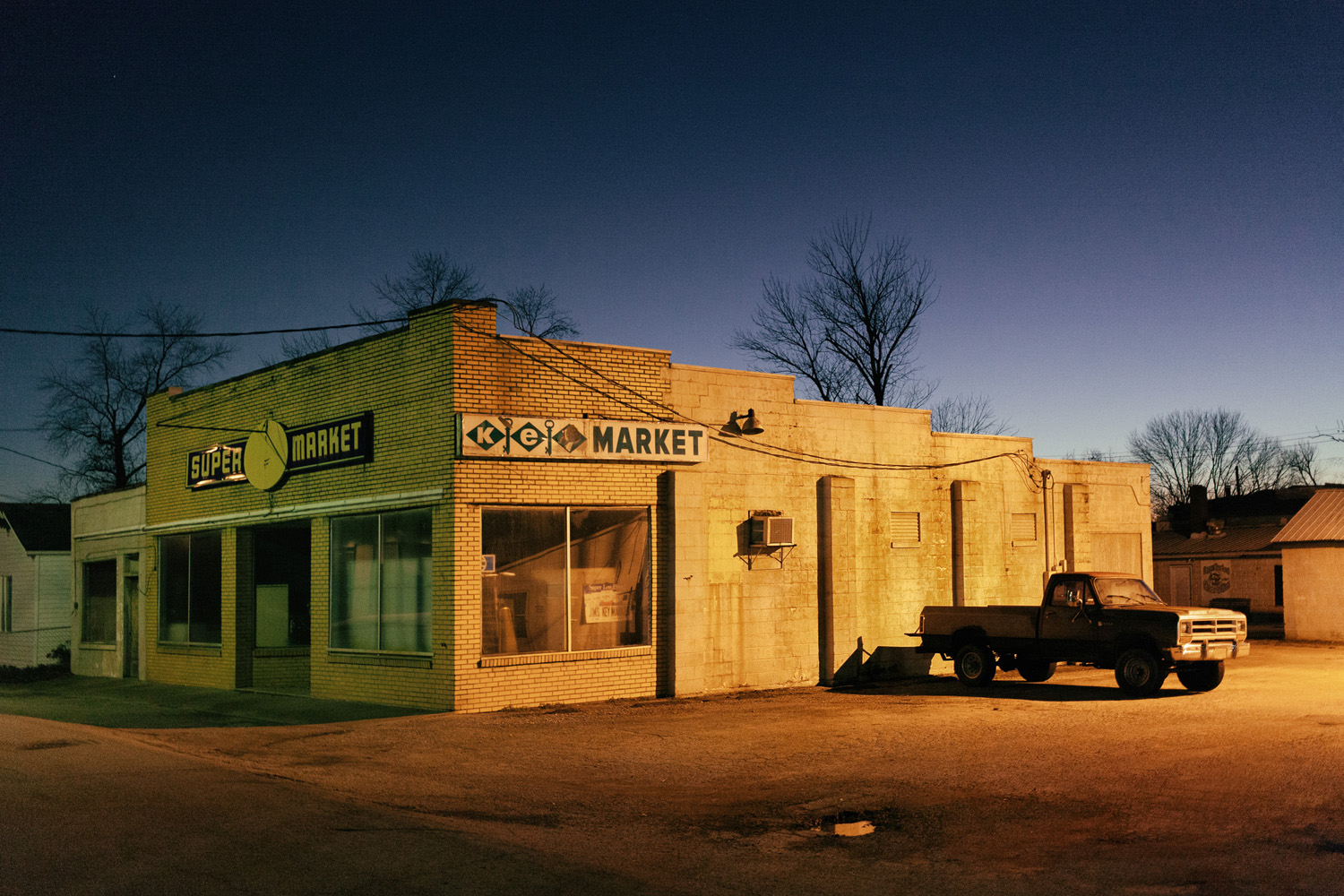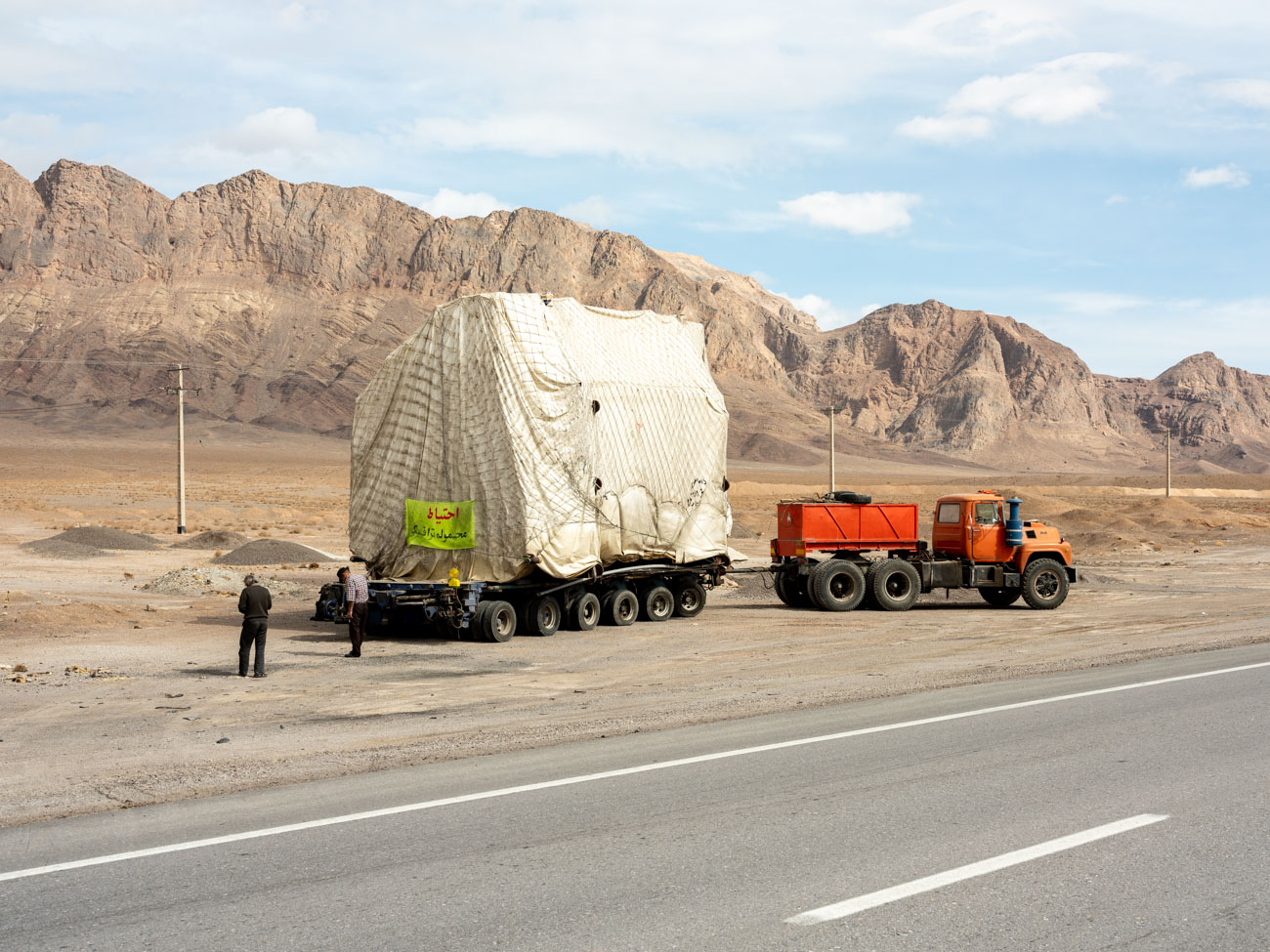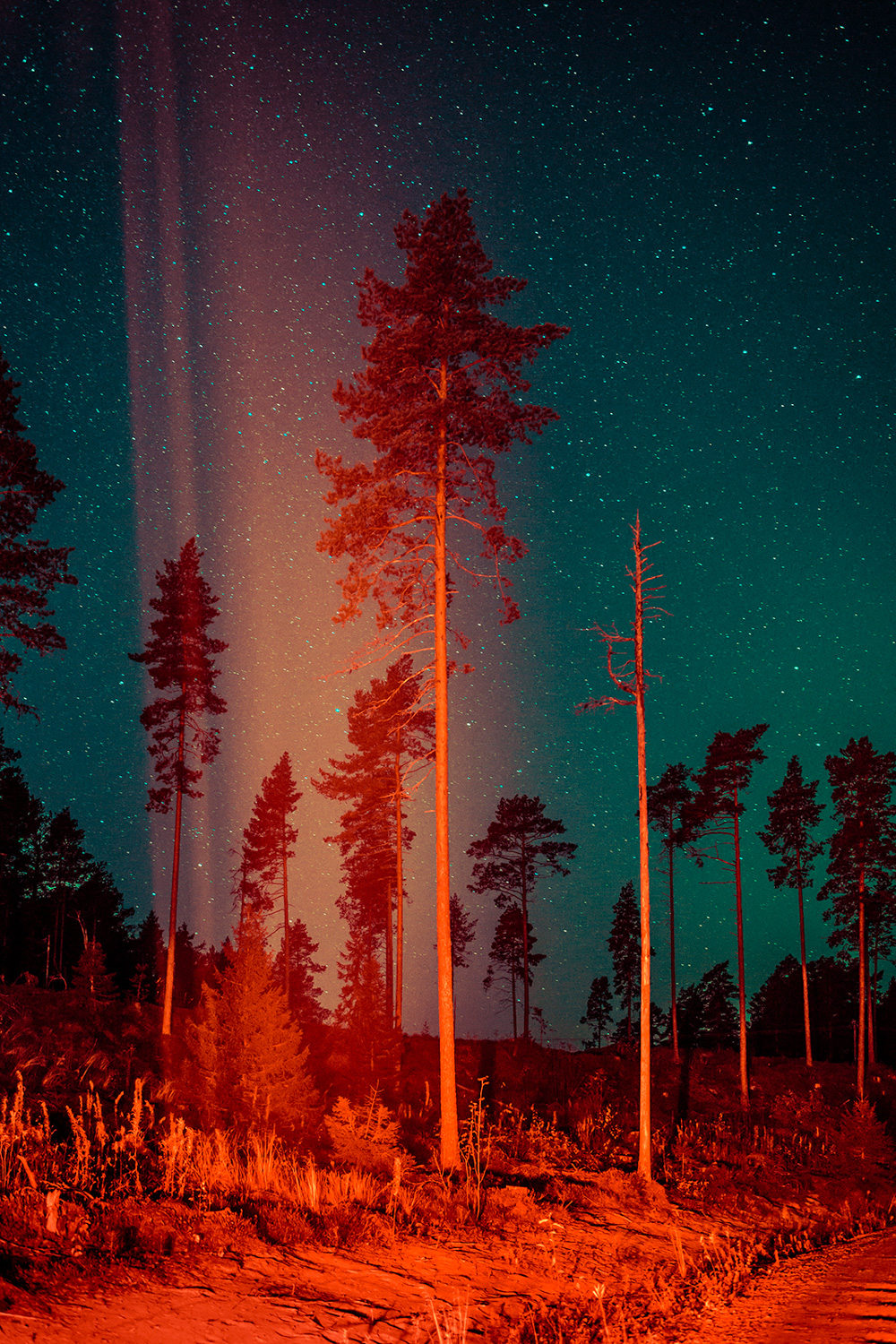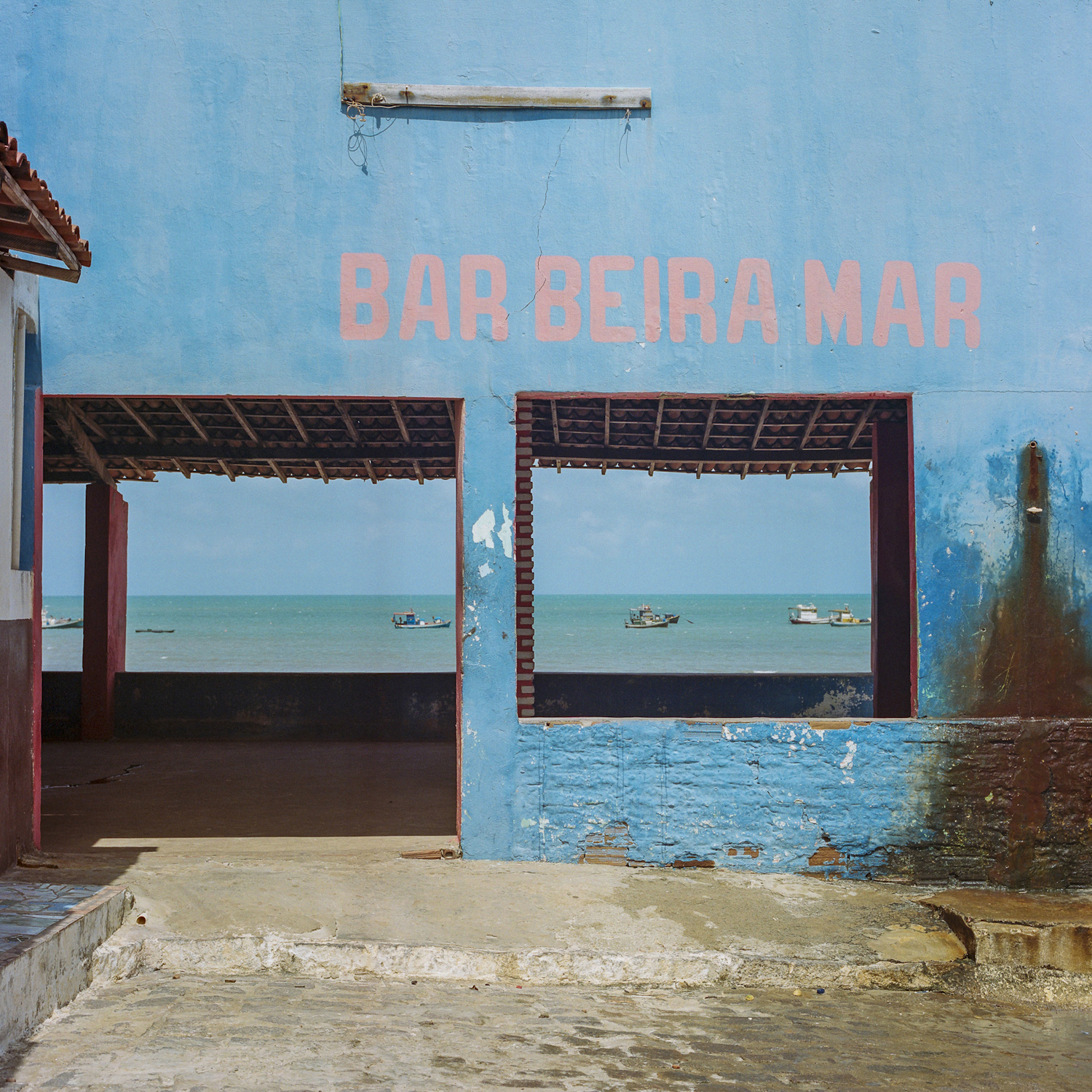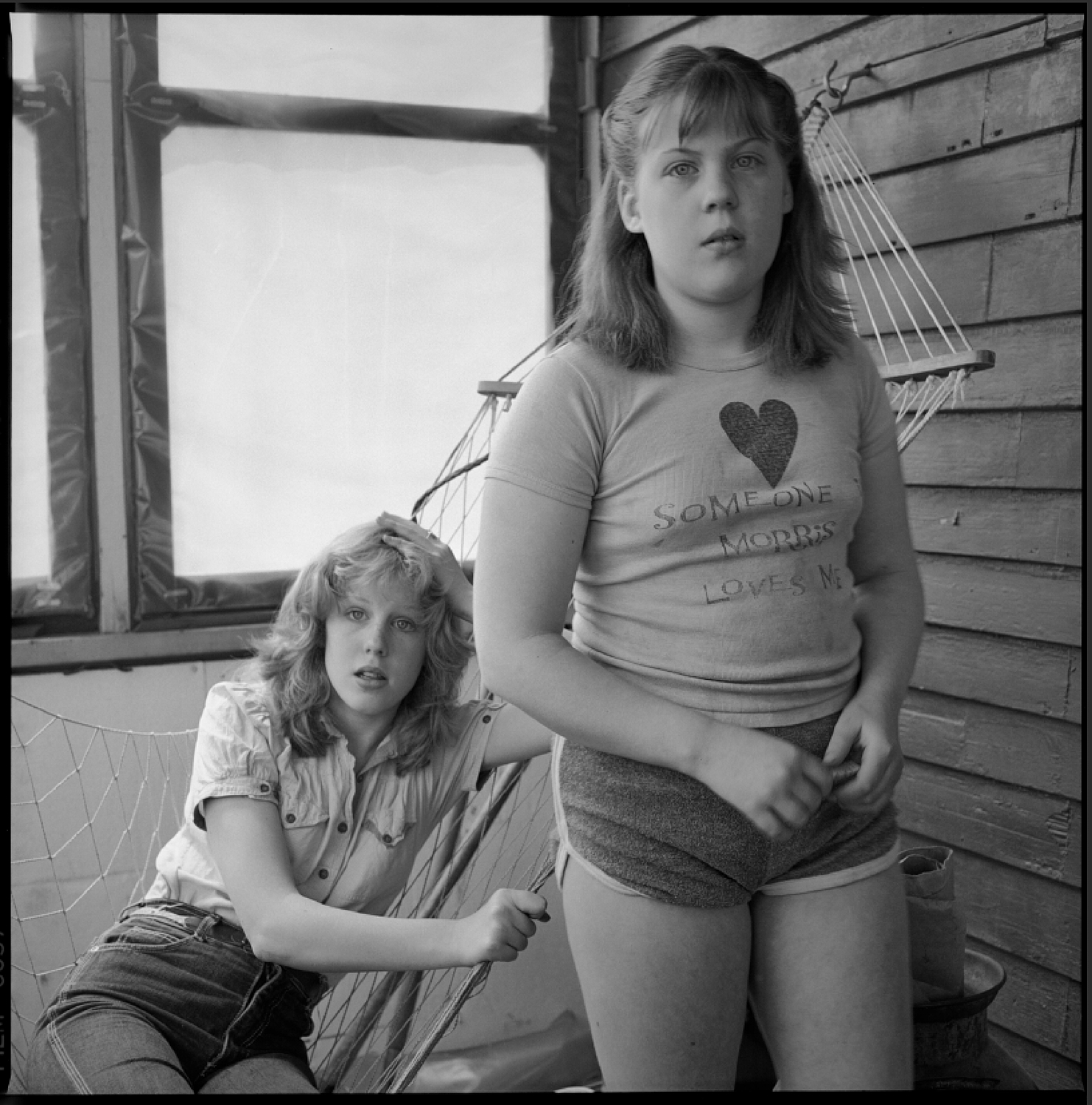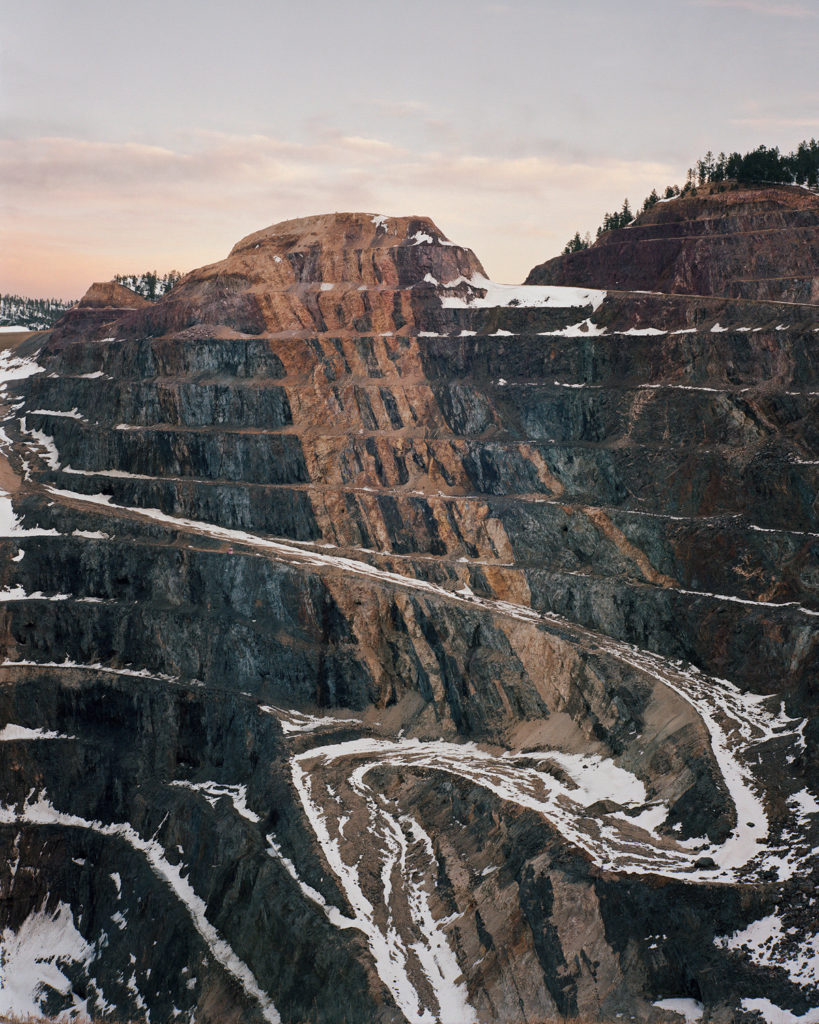 Where did you get the idea for this series? Why did you choose this title?
Where did you get the idea for this series? Why did you choose this title?
I was living in Bozeman, Montana when I shot this project, and I got interested in the small towns around the region, particularly mining towns. I started photographing first in a town called Butte, Montana. I loved the texture there and all the history that it seemed to convey. I soon expanded into other towns and various places across the West. During this time, I found the work of Richard Hugo, a poet who lived much of his life in Montana, and addressed it in his writing. His work became a huge influence on me, and the line “grays the mountain sends” appears in his seminal poem, “Degrees of Gray in Philipsburg” so I lifted it for my title.
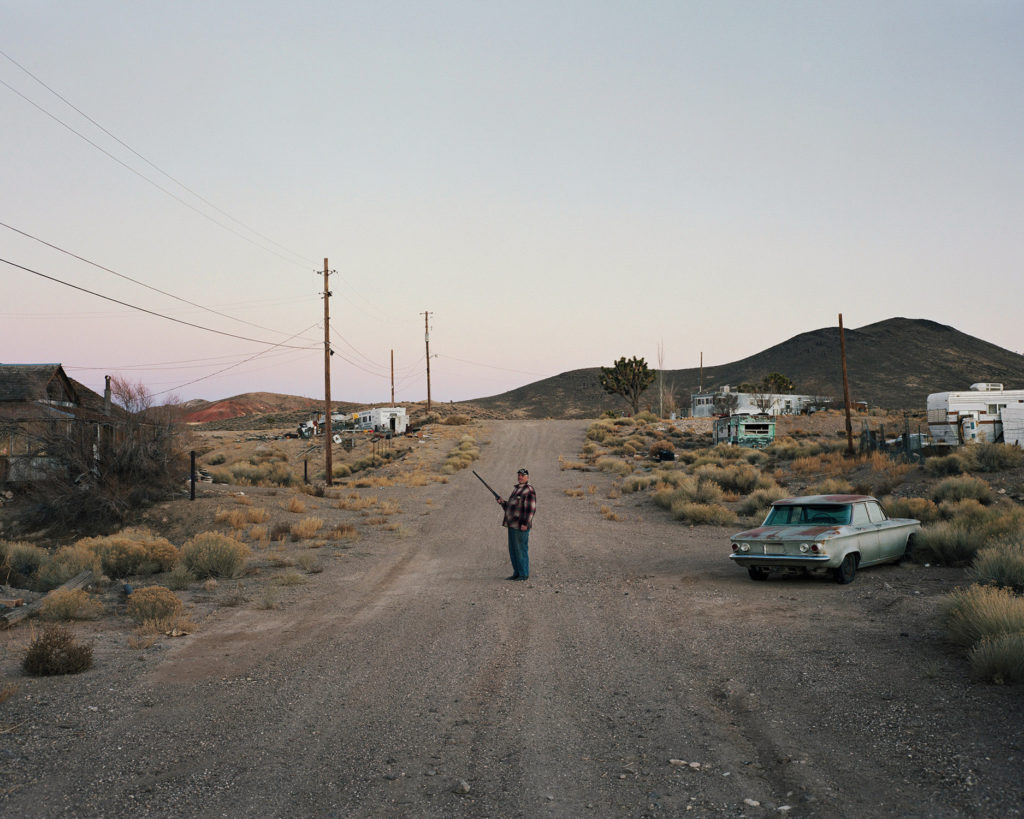
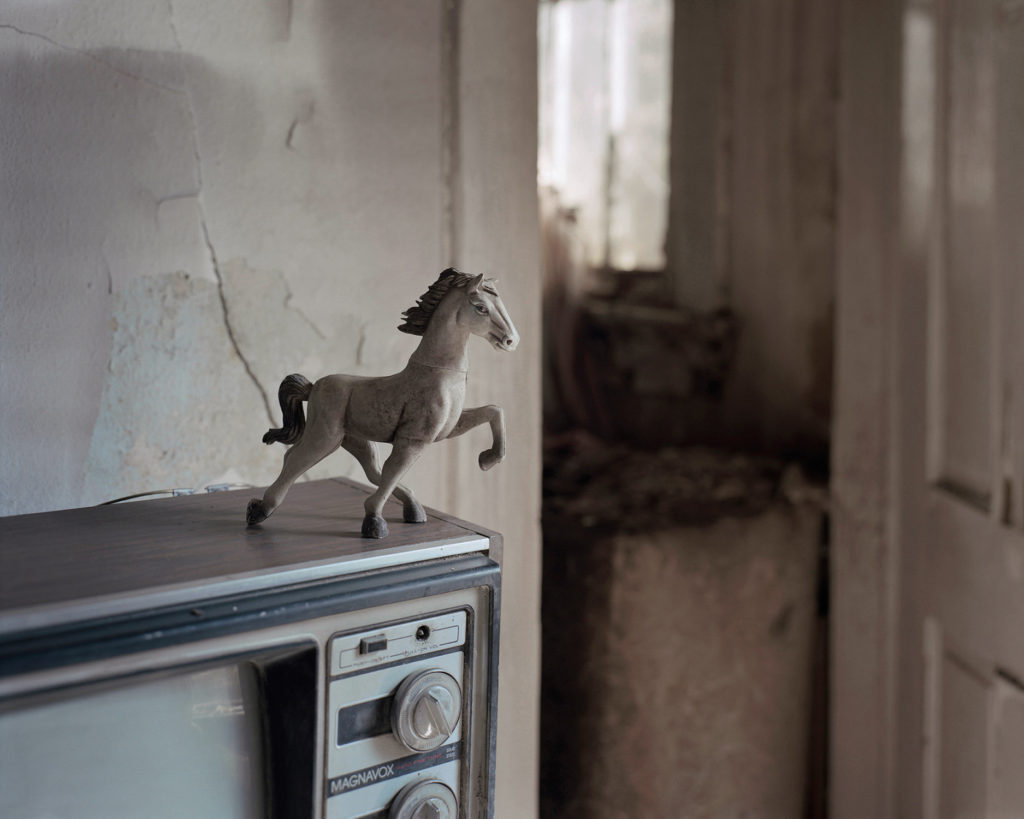
How did you discover these places and how much time did you spend there to make this series?
Sometimes I went to specific places that Richard Hugo wrote about in his poems. But mostly I just drove around the mountains and did a lot of wandering. Mining was the overarching theme, so I made a point to go to mining towns, but nothing was off-limits, and I also shot in agricultural areas, lumber towns, etc. For this project, I worked off and on for a year and a half.

« I’ve always been drawn to the American West and rural places. »
Your photographic series poetically translate an America out of time, the forgotten of modern times. Why this desire to show America in this way?
I’ve always been drawn to the American West and rural places. I grew up in Houston, which is a sprawling metropolis full of strip malls, billboards, and parking lots. When I began photographing, I took trips to the mountains and plains to avoid the corporate landscapes of the city and suburbs. Photographing this geography started as an escape, but as I began to photograph seriously, I felt obligated to show the American West’s realities, environmental degradation, and economic hardships.
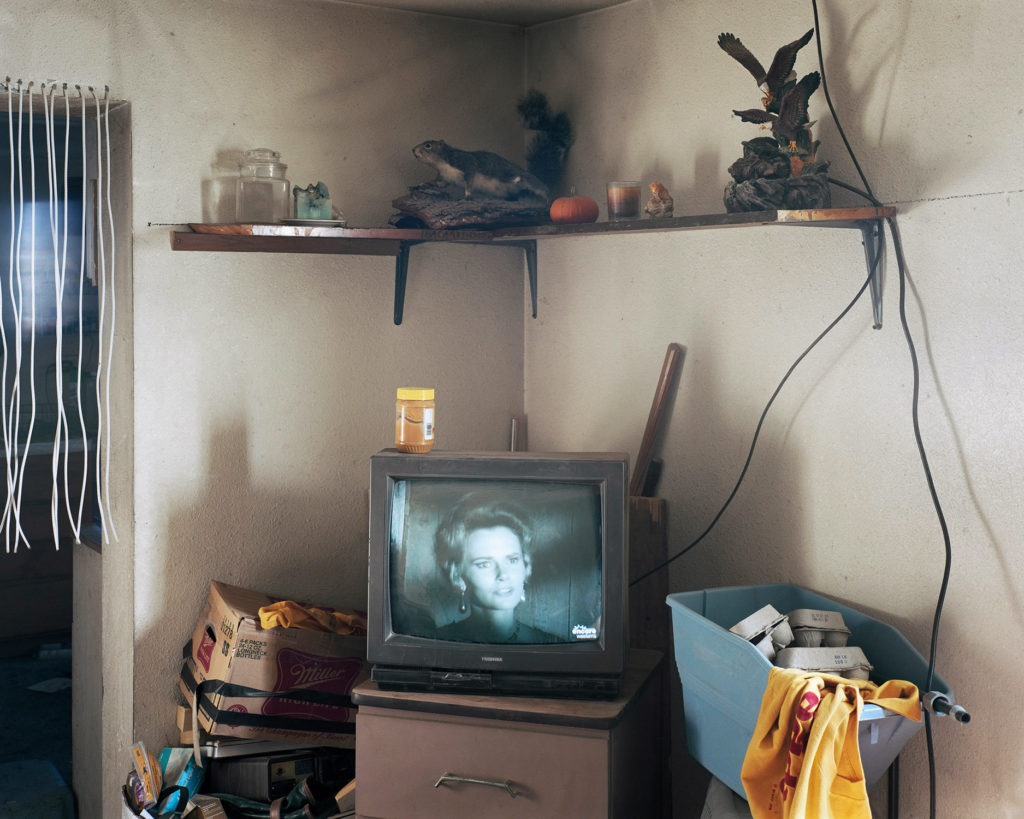
Your portraits have a very beautiful depth, with which camera and focal length do you work?
Using a 4×5 camera, I shot the portraits on 135mm and 150mm lenses. I think most people shoot portraits on 210mm so the look of my portraits differs a little.
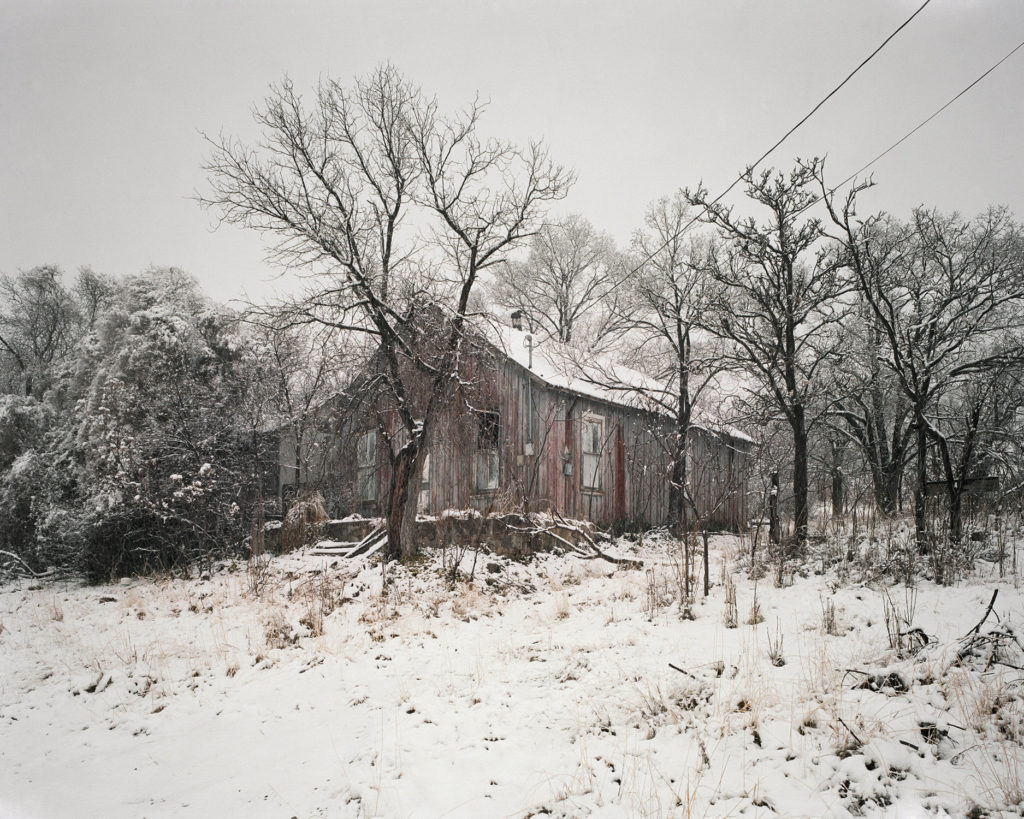
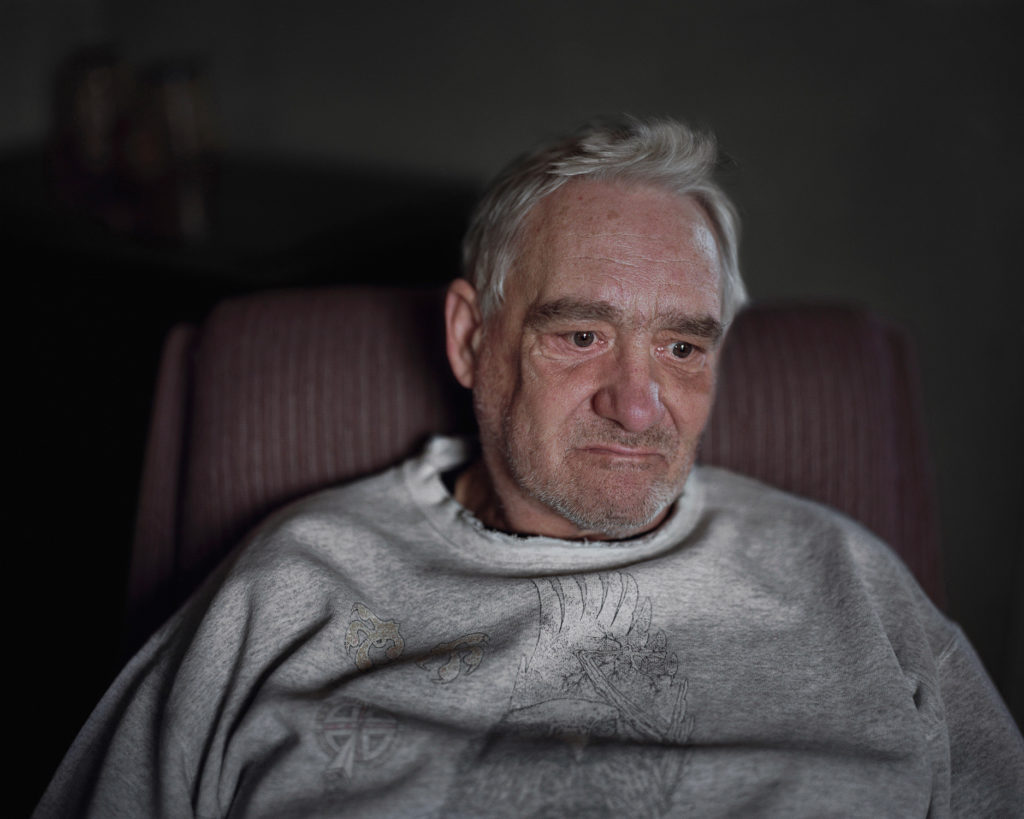
« Photography is often all about human connection and a big wooden 4×5 camera can facilitate that »
How did you approach these people and take them in their intimacy? Was there a mistrust of the lens or a desire on the part of these people to talk about their everyday life?
I just introduced myself to people and told them what I was doing. It’s probably the way you’d imagine it. I’d see someone interesting on a town street or in a restaurant or bar or wherever, and then I’d start up a conversation. Many people turned me away, but others engaged with me and spoke at length. For a lot of people, I think there’s a natural inclination to share their stories, whether that’s with a neighbor or a stranger with a camera. Photography is often all about human connection and a big wooden 4×5 camera can facilitate that
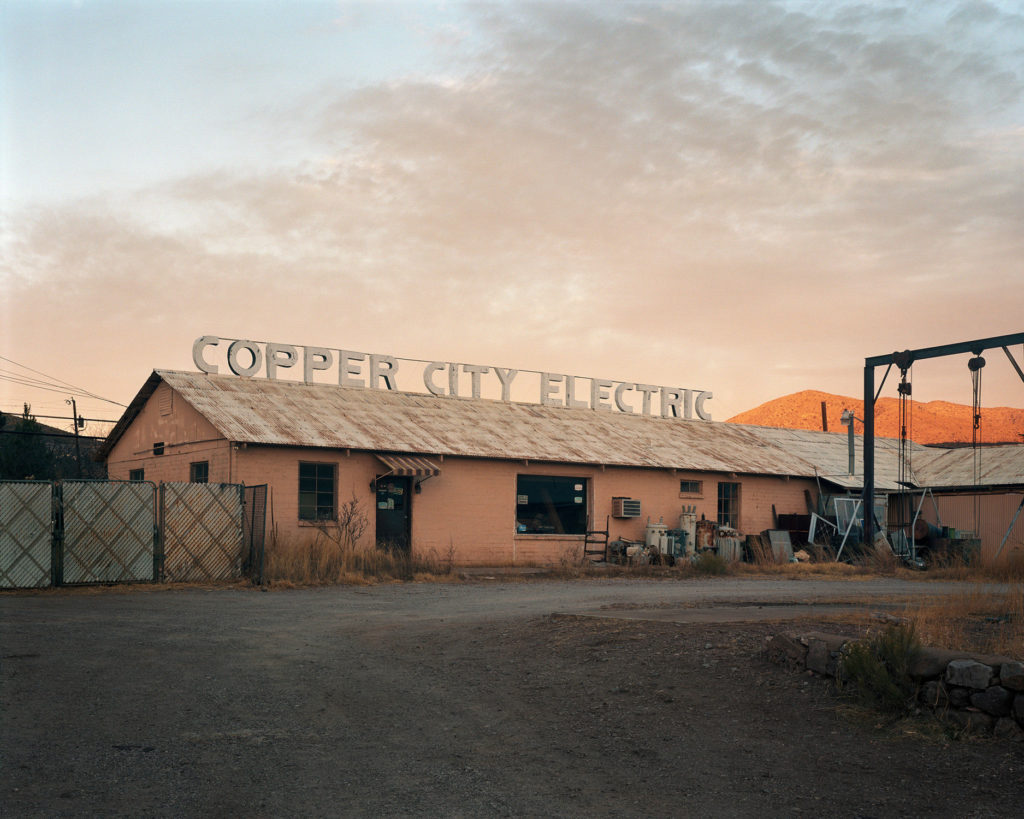
Landscapes are omnipresent in your series, you seem to match people and places. What is your relationship to these environments, both of raw beauty and worn out by human activity?
Land and people have a shared story. They shape each other, and I wanted to convey that. I enjoy being in nature, but with regard to photography, I tend to be more fascinated by what people do to the landscape and what it says about culture and human narratives. In the American West, this is particularly poignant because so much has been altered and destroyed in a relatively very short time period.

Your work has been published in a beautiful book, how did this photo project come to an end?
I convinced Kevin Messina of Silas Finch Foundation to publish the book. It was initially meant to be a small artist edition of just a couple hundred copies, but we decided on a trade edition instead.
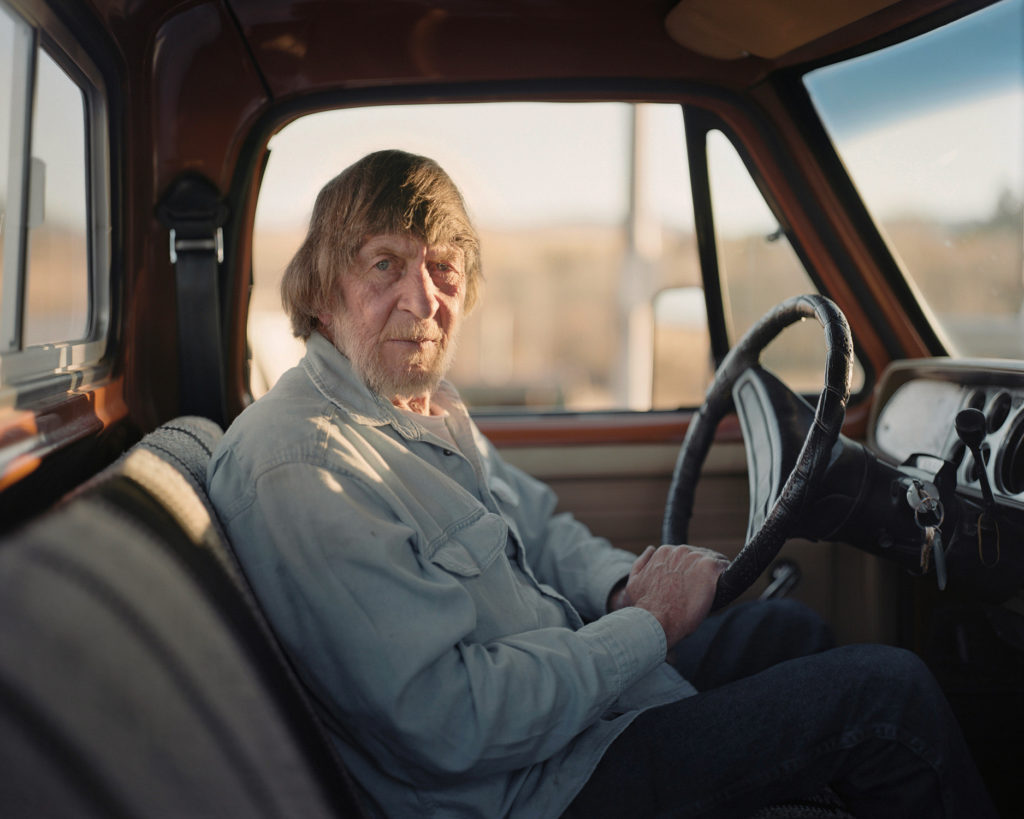
What’s next for you? Do you have other photographic projects?
For the past several years, I’ve been working off and on toward completing a long term project on desert highways and travelers, mostly hitchhikers, and drifters, making their way across desolate roads. During the pandemic, I’ve also been shooting closer to home in the central Texas countryside outside Austin. This work was shown last fall in a solo exhibition called “County Road” at Lora Reynolds Gallery, and it might be a book at some point.

Your Top 5 photography books?
Citing my favorites is always tricky because there are so many great photo books and those I consider favorites change often.
Treadwell by Andrea Modica
A Criminal Investigation by Watabe Yukihi
Drum by Krass Clement
River of No Return by Laura McPhee
Sleeping by the Mississippi by Alec Soth
Lick Creek Line by Ron Jude
Sequester by Awoiska van der Molen
That’s seven — I apologize.
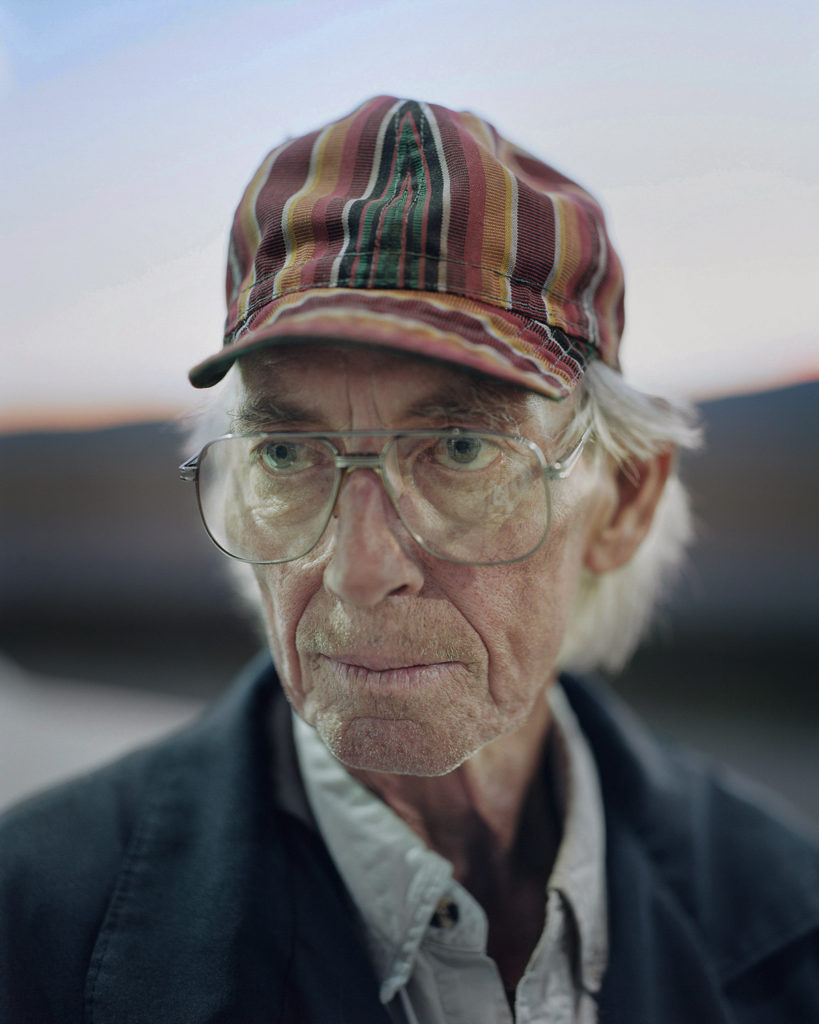
Interview by Valentine Zeler

